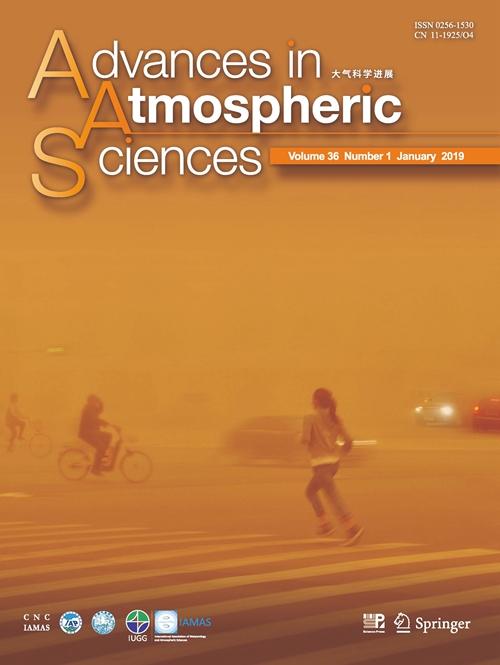
Credit: Xiaohu HUANG
The assimilation of aerosol optical depth (AOD) observational data from the Chinese satellite Fengyun-3A (FY-3A) can significantly improve the ability to model aerosol mass, according to Prof. Jinzhong MIN, Vice President at Nanjing University of Information Science and Technology.
Prof. MIN and his team–a group of researchers from the Key Laboratory of Meteorological Disaster of the Ministry of Education (KLME)/Joint International Research Laboratory of Climate and Environment Change (ILCEC)/Collaborative Innovation Center on Forecast and Evaluation of Meteorological Disasters of Nanjing University of Information Science and Technology–have had their findings published in Advances of Atmospheric Sciences.
"Atmospheric aerosols have significant impacts on the climate and environment. In particular, increasingly severe particulate matter pollution events are threatening public health and ecosystems," says Prof. MIN.
"AOD can be used to test the calibration of satellite retrieval data, and is a key factor in determining the climatic effects of aerosol. However, there is a lack of data from ground-based observations of aerosols in East Asia," he explains. "Thus, it is important to improve the accuracy of atmospheric chemical model predictions by combining satellite observations."
The FY-3A meteorological satellite–a Chinese second-generation polar-orbiting meteorological satellite–has been widely used in meteorology, environmental protection, and other national sectors. It has ultraviolet, visible, infrared, and microwave multispectral instruments, and it has accumulated aerosol optical thickness inversion data since 2008.
In order to study and improve our ability to model and predict aerosol mass, the team adopted the method of three-dimensional variational data assimilation in the Gridpoint Statistical Interpolation analysis system to develop AOD data assimilation systems. Experiments were conducted for a dust storm over East Asia in April 2011. By using the National Meteorology Center's method to simulate the background error covariance of various aerosol variables, the vertical characteristics of each aerosol variable were reflected well.
"The assimilation of satellite AOD observational data can significantly improve our ability to model and predict aerosol mass. The AOD distribution of the analysis field was closer to the observations of the satellite after the assimilation of satellite AOD data. These results suggest that FY-3A satellite aerosol products can be effectively applied in numerical models and dust weather analysis," states Prof. MIN.
"Future work may be needed to assimilate and analyze multispectral, multi-sensor aerosol-related data," he adds.
###
Media Contact
Ling Jin
[email protected]
108-299-5054
@aasjournal
http://english.iap.cas.cn/
Original Source
http://159.226.119.58/aas/EN/news/news171.shtml http://dx.doi.org/10.1007/s00376-018-8075-9





